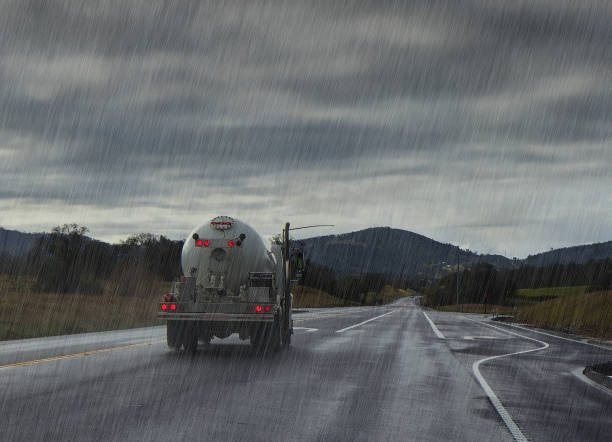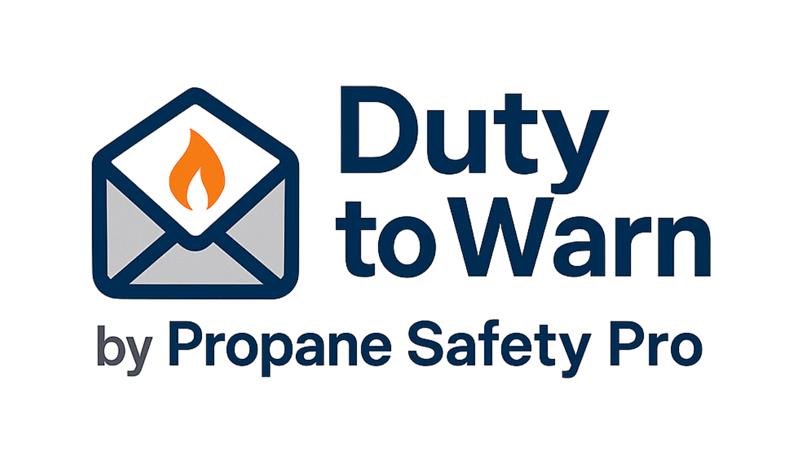Seasonal Propane Demand vs. Weather Trends

The correlation between weather patterns and the demand for propane is a pivotal aspect that influences the strategies and operations of propane delivery companies. Understanding this relationship is not merely about acknowledging that colder weather increases propane usage. It encompasses a granular analysis of weather conditions, customer behavior, and efficient resource management. This comprehensive exploration aids propane delivery services in anticipating demand, optimizing supply, and providing uninterrupted service regardless of the season.
Seasonal Shifts and Consumer Usage
Each season brings about specific consumer behavior. For instance, winter generally triggers an upsurge in propane demand for heating. However, the extent of this surge can vary significantly based on the severity of the weather. Mild winters often lead to overestimations of the required propane supply, causing an excess, while harsh, cold conditions can result in supply shortfalls, disrupting delivery schedules and customer satisfaction.
On the other hand, during the summer, many households use propane for grilling, and commercial clients may require it for landscaping equipment, albeit these demands don’t match winter levels. The key lies in identifying patterns and understanding the nuanced shifts in consumer usage with changing seasons. Monitoring regional weather forecasts and historical weather data can help companies anticipate these variations in demand.
Strategic Inventory Management
Proper stock levels are crucial for meeting customer needs. By recognizing weather-related consumption patterns, companies can avoid the pitfalls of under or overstocking propane. Based on detailed weather pattern data, predictive analysis enables companies to gauge necessary inventory levels accurately. They can schedule procurements accordingly, ensuring they meet customer demand while avoiding unnecessary storage costs for excess supplies.
Enhanced Delivery Planning
Weather doesn’t just influence consumer demand; it also affects delivery logistics. Extreme conditions, be it winter snowstorms or summer hurricanes, can disrupt delivery schedules. By staying ahead of weather forecasts, companies can adjust their delivery times, ensuring safety and maintaining consistent service. This proactive approach, rather than reactive scrambling, solidifies customer trust and reliability in the brand.
Leveraging Technology for Precision
Today, numerous technological tools offer advanced insights into weather forecasting, allowing companies to plan more precisely. Integrating these tools into business operations can facilitate more accurate demand forecasting, efficient delivery routing, and timely customer communication. For instance, using predictive analytics software can help assess upcoming weather conditions and predict potential increases or decreases in customer demand.
Customer Engagement and Education
Customers may not always recognize the impact of weather on propane availability or usage patterns. Transparent communication about how different conditions affect propane supply and demand keeps customers informed and engaged. Educating them on optimizing their usage, especially during peak seasons, can foster a collaborative relationship, encouraging loyalty and trust.
Conclusion
The direct impact of weather patterns on propane demand is an intricate interplay of various factors that propane delivery companies must navigate astutely. Businesses can turn unpredictable weather variables into manageable, well-planned strategies by harnessing technology, engaging in strategic planning, and maintaining open communication with customers. These measures will ensure the reliability of delivery and the satisfaction of customers while significantly enhancing operational efficiency and resource management throughout the year’s ever-changing seasons.














